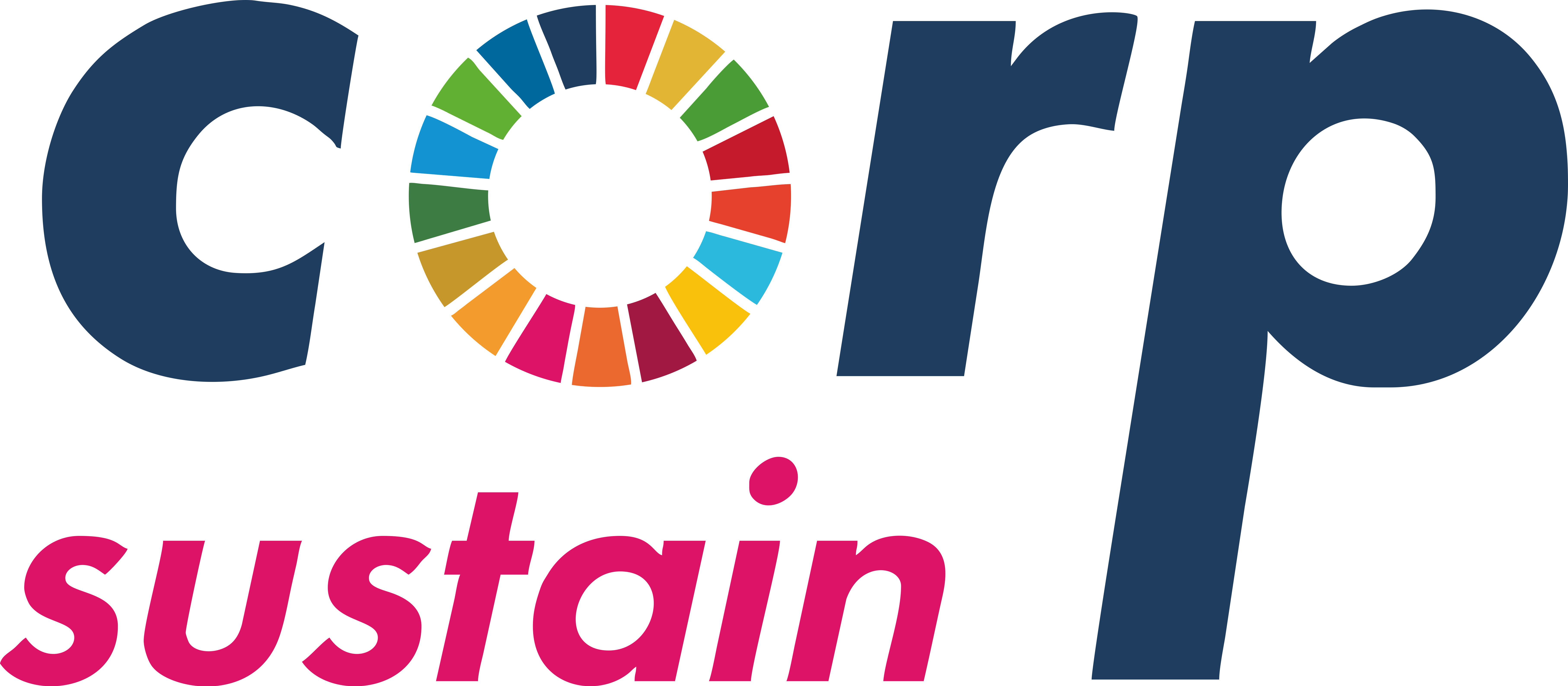ESG Reporting Standards Alignment
Introduction
In today’s interconnected business world, Environmental, Social, and Governance (ESG) factors are essential pillars of corporate strategy and responsibility. ESG reporting standards serve as structured guidelines for organizations to transparently disclose their performance across critical sustainability measures. This blog delves into the significance of aligning with ESG reporting standards, outlining core elements, effective implementation tactics, and the profound influence on fostering transparency within companies and engaging stakeholders.
ESG reporting ensures that businesses communicate their commitment to sustainable practices effectively, addressing environmental impacts like carbon footprint and resource management, social dimensions such as diversity and community involvement, and governance practices including ethical standards and risk management. By integrating these metrics into business strategies, organizations not only comply with regulations but also meet increasing stakeholder expectations for ethical leadership and sustainable development. This alignment enhances corporate credibility, attracts conscientious investors, and builds resilient relationships with customers and communities alike, positioning businesses as drivers of positive change in today’s competitive and socially conscious market landscape.
Importance of ESG Reporting Standards
ESG reporting standards play a crucial role in enabling organizations to effectively convey their dedication to sustainable practices. These standards provide a structured framework for systematically measuring and disclosing environmental impacts, social initiatives, and governance practices. By doing so, they bolster corporate transparency and credibility significantly. This alignment not only ensures compliance with regulatory mandates but also meets the increasing demands from stakeholders for ethical business practices. Embracing ESG reporting standards demonstrates a company’s proactive stance towards sustainability, reinforcing trust with investors, customers, and regulatory bodies while navigating the complexities of a socially responsible marketplace.
Key Components of ESG Reporting
- Environmental Metrics: Companies are prioritizing efforts to minimize their carbon footprint, optimize water resource usage, and integrate renewable energy solutions. Key methodologies such as the Greenhouse Gas Protocol and CDP empower organizations to accurately measure and disclose their environmental footprints. These frameworks support businesses in transparently reporting their environmental impacts, fostering accountability and demonstrating commitment to sustainability. By adhering to these standards, companies not only comply with regulatory requirements but also meet stakeholder expectations for responsible environmental stewardship. This proactive approach contributes to environmental conservation efforts while enhancing corporate credibility and resilience in a competitive global market.
- Social Metrics: Social responsibility now spans workforce diversity, labor practices, community engagement, and human rights considerations. Comprehensive social metrics enable organizations to showcase their beneficial effects on stakeholders and broader society. By measuring and reporting on these areas, companies demonstrate their commitment to ethical business practices and societal well-being. This holistic approach not only enhances corporate reputation but also strengthens relationships with employees, customers, and communities. Embracing robust social metrics supports sustainable growth and fosters a culture of inclusivity and responsibility, aligning business objectives with societal expectations for lasting positive impact.
- Governance Metrics: Strong governance guarantees ethical decision-making, transparency, and accountability within organizations. Key metrics such as board diversity, executive compensation, anti-corruption measures, and risk management practices play a crucial role in building trust and upholding integrity. These metrics are essential benchmarks for demonstrating commitment to responsible corporate conduct and regulatory compliance. By prioritizing effective governance, companies can enhance operational efficiency, mitigate risks, and align with stakeholder expectations. This proactive approach not only strengthens organizational resilience but also fosters a culture of integrity, reinforcing trust among investors, customers, and the broader community.
Implementing for ESG Standards
Successful implementation of ESG reporting standards requires a strategic approach:
- Framework Selection: Select relevant frameworks like GRI Standards, SASB guidelines, or TCFD recommendations tailored to industry needs and stakeholder demands. Ensure alignment with these frameworks to meet regulatory requirements and enhance transparency. By choosing appropriate standards, organizations can effectively communicate their commitment to sustainability and governance practices. This strategic approach not only supports compliance efforts but also builds credibility with investors, customers, and other stakeholders. Implementing these frameworks fosters consistency in reporting and facilitates meaningful comparisons across industries, driving continuous improvement and responsible corporate citizenship.
- Data Collection and Validation: Implement strong mechanisms to collect, verify, and report ESG data with precision and trustworthiness. Employ cutting-edge analytics and technology solutions to bolster transparency in data management. By establishing rigorous systems, organizations can guarantee the accuracy and reliability of their ESG disclosures. Leveraging advanced tools enhances visibility into environmental, social, and governance metrics, enabling proactive management of risks and opportunities. This proactive approach not only meets stakeholder expectations but also strengthens corporate integrity and strategic decision-making capabilities. Thus, embracing advanced data solutions supports sustainable practices and fosters stakeholder confidence in organizational transparency.
- Integration with Business Strategy: Incorporate ESG principles into fundamental business strategies to spur innovation, mitigate risks, and seize sustainable growth prospects. Aligning ESG goals with overarching business objectives promotes enduring value generation and resilience. This strategic integration ensures that environmental, social, and governance factors are embedded throughout operations, enhancing corporate reputation and operational efficiency. By prioritizing ESG metrics, organizations not only meet regulatory requirements but also attract socially conscious investors and loyal stakeholders. Embracing ESG as a strategic imperative aligns with market expectations, positioning companies to thrive in a rapidly evolving global landscape while driving positive societal impact.
Challenges & solutions of ESG Reporting
Although organizations derive significant value from ESG reporting, they continue to grapple with challenges such as complex data management, varying reporting standards, and evolving regulatory environments. Overcoming these hurdles demands collective action, leveraging technological innovations, and promoting industry-wide initiatives for standardization. By improving data management systems, companies can ensure the accuracy and reliability of their ESG disclosures. Standardization efforts aim to harmonize reporting practices across sectors, facilitating clearer comparisons and benchmarking of performance metrics. Embracing advanced technologies, such as data analytics and automation, enhances efficiency in collecting, analyzing, and reporting ESG data. Moreover, proactive engagement with stakeholders—including investors, regulators, and industry peers—helps anticipate regulatory changes and align reporting practices accordingly. Ultimately, addressing these challenges strengthens the credibility of ESG reporting, enabling organizations to demonstrate accountability, navigate complexities, and drive sustainable business practices effectively.
Impacts & Benefits of ESG Reporting Alignment
1. Financial Performance and Investor Relations
Research indicates a direct link between robust ESG performance and superior financial returns over time. Investors are increasingly prioritizing ESG considerations in their investment strategies, underscoring the need for clear and trustworthy ESG disclosures. This trend is driving the demand for transparent reporting that demonstrates a company’s commitment to sustainability and responsible governance. By aligning with rigorous ESG standards, organizations not only attract investment from ethically minded investors but also strengthen their market position through enhanced credibility and resilience. Thus, integrating ESG factors into corporate strategies can yield both financial rewards and strategic advantages in today’s competitive landscape.
2. Stakeholder Engagement and Reputation
Transparent ESG reporting strengthens corporate reputation and fosters trust among stakeholders—investors, customers, employees, and regulators alike. By engaging stakeholders with meaningful ESG disclosures, organizations cultivate a culture of transparency and accountability. This open communication about environmental, social, and governance practices demonstrates a commitment to ethical leadership and sustainable business conduct. As a result, companies not only enhance their credibility in the market but also attract socially responsible investors, loyal customers, and regulatory support, positioning themselves as leaders in responsible corporate citizenship and driving long-term value creation.
3. Future Trends in ESG Reporting
Emerging trends in ESG reporting include the integration of innovative metrics such as climate resilience, supply chain transparency, and social impact measurement. Advances in technology, including artificial intelligence and blockchain, are enhancing the accuracy and efficiency of ESG data collection and analysis. These technologies enable more precise tracking and reporting, allowing companies to better manage their sustainability efforts and meet stakeholder expectations. As a result, organizations can gain deeper insights into their ESG performance, improve transparency, and drive more effective sustainability strategies.
Conclusion
In conclusion, aligning with ESG reporting standards is vital for organizations dedicated to sustainable business practices and creating value for stakeholders. By adopting comprehensive and rigorous ESG reporting frameworks, companies can significantly enhance their transparency, which in turn builds trust with investors, customers, and regulators. This transparency helps in clearly communicating the company’s commitment to sustainability, thus strengthening its reputation and competitive position in the market.
Moreover, a robust ESG reporting framework allows companies to systematically identify and mitigate various risks associated with environmental, social, and governance factors. This proactive approach to risk management not only protects the organization from potential pitfalls but also prepares it to navigate challenges more effectively, ensuring long-term resilience.
Embracing ESG as a core strategic imperative enables companies to capitalize on new opportunities in the evolving global marketplace. As consumer and investor preferences increasingly shift towards sustainable and ethically responsible companies, those with strong ESG credentials are better positioned to attract investment, foster customer loyalty, and secure a competitive advantage.
Ultimately, the commitment to ESG reporting standards fosters a culture of sustainability within the organization, driving innovation and continuous improvement. It not only ensures compliance with current regulations but also anticipates future trends, contributing to a more sustainable, inclusive, and equitable future. Through ESG alignment, companies can lead the way in responsible business conduct, making a positive impact on society and the environment while achieving sustainable growth and success.
How to Meet Search Intent
- What are ESG reporting standards and why are they important?
- How do organizations align with ESG reporting frameworks like GRI, SASB and TCFD?
- What are the key components of ESG reporting and how are they measured?
- What are the regulatory requirements associated with ESG reporting?
- How can advanced analytics and technology enhance the accuracy of ESG data reporting?
Keywords Variant
- ESG frameworks alignment
- ESG metrics integration
- Environmental Reporting Guidelines
- ESG Transparency Initiatives
- Implementing ESG Standards

